|
Sicily has an impressive history of over 2500 years of winemaking. As I mentioned in my last post, its unique environment of mineral-rich soils and Mediterranean climate are conducive to growing grapes. Although many of the grapes grown here have been imported from regions throughout Europe, Sicily boasts a large number of indigenous grape varieties as well. So, before we begin our mini tour of Sicilian vineyards, let’s get acquainted with just a few of their indigenous grapes. My descriptions are generalized and wines will vary from region to region, from limestone-rich terrain to clay and deeps soils, and in some instances several variations on a single grape will be produced in a winery. 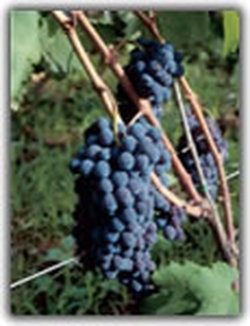 Red Grapes Nero d’Avola (Calabrese) is considered the number one Sicilian red and has been enjoyed since the end of the 17th century. It is one of the oldest indigenous grapes of Sicily and the most widely planted red variety. Nero d’Avola fills approximately 18% of vineyards. Nose: cherries, strawberries and spices Palate: Rich with red fruit, mild tannins, sweet spices, licorice Perricone is mostly grown in a concentrated area of western Sicily and once upon a time was considered the “undisputed” leader of red grapes in western Sicily. Winemakers like to use it as a blending grape. However, 100% Perricone is a treat. Nose: Very aromatic, dark fruit, spice and herbs Palate: Raspberry, marzipan, spice, earthy, chocolate with mild to medium tannins. Reminiscent of Syrah. 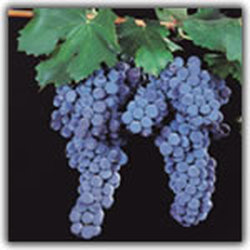 Frappato is believed to have its origins in the Ragusa province of Sicily around 300 years ago. It is characterized as a light and refreshing wine. Nose: full bouquet, cherry Palate: mild tannins violet, strawberries Nerello Mascalese and Nerello Cappuccio are highly regarded grapes that primarily grow on the volcanic slopes of Mount Etna in some of the highest vineyards in Europe. The grapes are considered “cousins” and tend to be used together in blending, but they also drink well on their own. Nerello Mascalese is ripe with fruit flavors, herbs and cinnamon. Nerello Cappuccio is softer with more cherry flavors and spice on the palate. 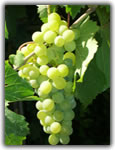 White Grapes Grillo, one of Sicily’s best known grapes, is found throughout western Sicily and is noted for its citrus flavors, sweetness and mild acidity. Due to the grape’s high sugar levels, it is ideal for the production of fortified wines. Historically, Grillo was used in the production of Marsala wine. However, Catarratto has taken the lead. And now due to the innovation of new winemakers, Grillo has a wide range of styles, from crisp and savory, to structured and mature. It is interesting to note that in 1848 Grillo became a hybrid of Zbibbo and Catarratto. 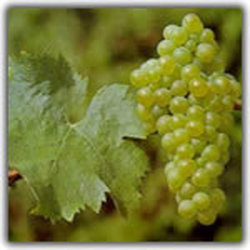 Catarratto is considered the primary white grape of Sicily with more area planted than any other grapevine and makes up 60% of the total grape vineyard area, with most of it on the western side of the island. As noted above, is used in the making of Marsala wine. Nose: floral, citrus, melon that segues onto the palate. 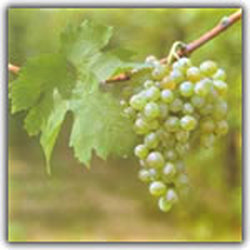 Inzolia is grown primarily in western Sicily and is the island’s fourth most widely planted grapevine. It is usually used in blends to make drier wines. And it is also used to make Marsala. Nose: aromatic, citrus, almonds Palate: tropical fruit and almonds, herbs, fresh and lively 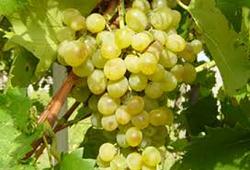 Zibibbo grape is also the name of the sweet wine that is obtained from the grape and is grown on Pantelleria Island as well as in Mazara del Vallo and the nature reserve “Gorghi Tondi. I will go into further detail about Zibibbo, production and tastings later on. The typical Zibibbo wine is very aromatic with apricot, floral and almond lingering on the finish. This is just a small sampling of indigenous grapes from Sicily. The list could go on forever, but I need to stop here and rev up the tour bus because we are starting our adventure in Catania at the foot of Mount Etna on the easternmost side of the island. We will then slowly make our way back to the westernmost side of the island, visiting winemakers along the way and eventually we’ll fly over to Pantelleria Island. So hop on board, buckle up and let’s go! Catania is an ancient port city that sits at the foot of Mount Etna. After traveling across Sicily, visiting five wineries and absorbing the incredible biodiversity of the land, I came here as Assovini Sicilia’s guest to participate in Sicilia En Primeur. It was a whirlwind of activity and also an incredible introduction and education into Sicily’s culture and gastronomy! The two-day event gave me the opportunity to taste the 2016 vintages from forty-nine major wine producers of the region, attend Master Classes and blind tastings. A gala wine party, complete with amazing food and music was held for the journalists and wine producers at Palazzo Biscari, a magnificent private palace built in the 1700s. Slide show below. It was a pleasure speaking with the producers and winemakers. Each had a story to tell. But the common theme was their love for Sicily, respect for the environment and their passion and dedication in making great wine while maintaining the tradition and character of the land. Sicily is becoming more dedicated to organic and biodynamic agriculture and using sustainable practices.
A new generation of winemakers are making their mark by embracing the old while developing new ideas, techniques and blends that transcend into reds that are elegant, fresh and lively and whites that are focused, crisp and leap out of the glass! We’ll begin a tour of the vineyards next time! Cheers! Penina To leave a comment or if you have an inquiry, please contact me at [email protected] My introduction to Donnafugata wine (owned and operated by the Rallo family) was this past February and it was a memorable one. Not only did I taste some delicious wines from Sicily, I also had the pleasure of meeting and lunching with Josè Rallo, one of the family members who is head of management control and communications manager. I encourage you to read my story about the family, their vineyards and wines at: http://thewineknitter.com/1/post/2016/02/day-431-donnafugata.html as a prelude to this post. Donnafugata recently sent me two bottles of wine from their “Fresh and Fruity” collection, SurSur 2015 and Sherazade 2015, representing Sicily’s indigenous grape varieties.  SurSur is made with 100% Grillo grape, an ancient indigenous variety from Sicily. Having tasted the 2014 vintage several months ago, I was looking forward to trying the 2015 vintage. The wine was beautifully balanced with a soft straw color. The nose offered citrus, grapefruit, floral and peach. The aromas carried over to the palate with stone fruit, most notably peach and hints of pear. It had a creamy mouthfeel with pleasant notes of floral and vanilla on the finish. SurSur is lovely served as an aperitif or with any summer meal. To quote Donnafugata, “a fresh and fruity Grillo with a youthful spirit”. Alcohol: 12.73% Price: $23.00 (SRP)  Sherazade 2015 is made with 100% Nero d’Avola, another indigenous grape that is also considered Sicily’s most important red wine grape. Nero d’Avola is named after the city of Avola which is located in the far south of Sicily and is referred to as “the black grape of Avola”. The color of the wine was dark ruby, bordering on purple. The aromas were a playful blend of dark berries, violets and a touch of candy apple. The palate was fruit forward offering red berries and cherries with pepper and spice on the finish. Soft tannins and a lush mouthfeel make this a perfect “go to” wine for light meals. Alcohol: 12.86% Price: $23.00 (SRP) Donnafugata’s wine labels are whimsical and always tell a story. Most of the artwork is created or inspired by Gabriella Rallo. Each label interprets the personality of the wine in addition to paying homage to art and literature. Sur Sur mean cricket which comes from the classical Arabic language once spoken in Italy. Crickets are good luck and are part of the sounds of spring and summer. The SurSur label shows Gabriella as a young girl running barefoot through “flowers and fresh grass” following the singing crickets. The Sherazade label represents the leading female character in The Arabian Nights. To quote Donnafugata “a fruity flesh voice, wrapped in a spicy drape, that tells you the fairy tale of this masterpiece of Oriental literature.” If you’re looking for authentic Sicilian flavors, pick up a few bottles of these wines to drink throughout the rest of the summer and into the fall. Serve as an aperitif or enjoy with most any meal! www.donnafugata.it
Cheers! Penina Sight, taste, smell, hearing and touch are the fundamental senses that allow us to experience and express our perception of the world around us. We rely on our sight, taste and smell to communicate impressions of wine and food. Donnafugata, a family owned winery situated in western Sicily, has taken the “sensorial experience” to a whole new level! On Wednesday, I had lunch with the delightful Josè Rallo, one of the family members of Donnafugata. I tasted elegant wines and learned all about this magical family and winery, as we dined on local, artisanal food in a private room at Black Barn Restaurant in NYC. 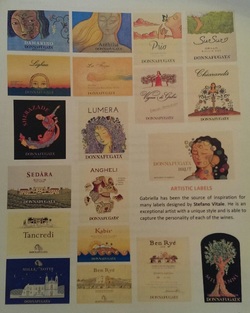 The Rallo family began their trek into the world of wine in 1851. In 1983, Josè’s parents, Giacomo and Gabriella created Donnafugata. The name means “woman in flight” and refers to a story from a piece of literature called “Il Gattopardo”. Most of the Donnafugata labels and names of wines, which are very whimsical, pay homage to various works of art and literature. In 1990, their children, Josè and Antonio joined them with Josè as head of management control & communication and Antonio as a dedicated agronomist, wine maker and head of the Consorzio Sicilia DOC. Together, the Rallo family has dedicated themselves to eco-sustainable management, biodiversity and paying special attention to their carbon footprint. Contessa Entellina, Donnafugata’s wine estate, is comprised of 667 acres and seven vineyards. They cultivate 17 varieties of grape, both indigenous varieties and Italian and international vine varieties. The Donnafugata vineyards are spread throughout 10 districts, each having uniqueness in soil, altitude, exposure and micro-climatic conditions. In addition, Donnafugata has a winery and vineyard on Pantelleria, a volcanic island situated between Africa and Sicily. Zibibbo (Moscato d’Alessandria) is the wine variety grown on their 168-acre vineyards, located in 12 different areas of the island. Some of the plants are more than 100 years old! The vines are cultivated by hand, planted in a basin and trained to grow low and horizontally. This system of planting allows the vines to withstand the wind on the island. The winery is located in the Khamma district of the island. Wines produced at Contessa Entellina and Pantelleria are brought to the Marsala Aging Winery, Donnafugata’s production facility, for refinement and bottling. And now, back to my lunch with Josè! 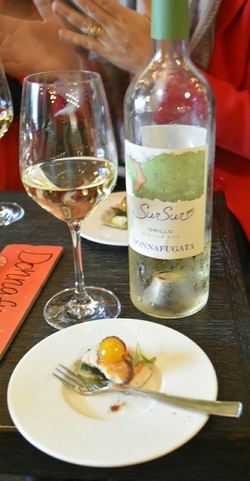 As we nibbled on appetizers, Josè introduced us to SurSur 2014, a 100% Grillo grape, that is an ancient indigenous variety from Sicily. The color was pale straw with lovely aromas of green apple, peach and grapefruit. The palate offered a perfect balance of citrus and floral. At an average price of $19.00, this is a great wine to keep stocked in the refrigerator, especially with the warmer months on the way. We continued to drink the SurSur as we ate a delicious Kale Salad. Josè, who is also an accomplished singer with a beautiful voice, sang us a song that she felt paired the wine with the music, giving us the ultimate “multi-sensory” experience! In fact, she sang a song with every wine poured, sending us on an incredible sensory journey each time. 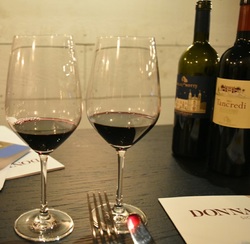 Before the main course arrived, a bottle of 2011 Tancredi Sicilia and 2010 Mille e Una Notte Sicilia were opened. The Tancredi is made with Cabernet Sauvignon and Nero d’Avola. The aromas of dark fruit, light oak, spices and herbs gave way to earthy flavors, rich berries, licorice, spice and soft tannins. The average price of this wine is about $36.00. The Mille e Una Notte is made with Nero d’Avola, Petit Verdot, Syrah and other grapes. Deep red in color, the aromas were heady and intense with dark fruit and spices. The palate was layered with plum, cherry, pepper and a hint of cocoa. Soft tannins accompanied a long finish. This is one of Donnafugata's more expensive wines, with a price tag averaging around $60.00 a bottle, but well worth it! 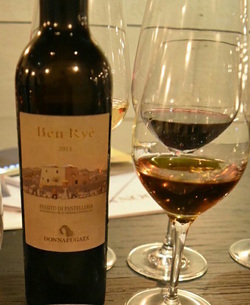 As we got ready for dessert, a bottle of 2013 Ben Ryé was opened. It was exquisite! This naturally sweet wine is made with 100% Zibibbo grown on the island of Pantelleria. The color was brilliant amber with intoxicating aromas of apricot and floral that segued onto the palate and lingered. The wine was concentrated and intense, but beautifully balanced. Although I would have been quite happy drinking this as my “dessert”, it complemented the Chocolate Cremeux passion fruit gelee, nougaline. I found the average price to be around $45.00 a bottle. Donnafugata wine is distributed in 60 countries and can be found in most wine shops, online and in many restaurants. To learn more about this innovative winery, visit their website at: http://www.donnafugata.it/pagine/Homepage.aspx
Josè’s exuberance and passion for her wines, music and life was the sweet pearl that I took with me when I left. It was a very enjoyable afternoon! Cheers! Penina 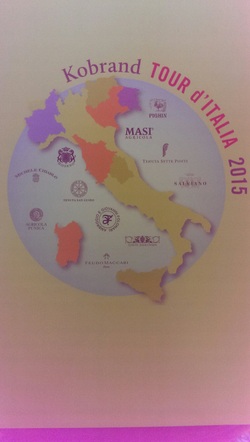 Tuesday was a beautiful day and what better way to spend it than touring Italy. Our kick off point was the trendy Bowery Hotel in NYC. This small boutique hotel located in the East Village was the perfect setting for the Kobrand Tour d’ Italia 2015 wine event.  The first stop on this eight-city tour was Risano and Spessa di Capriva in the Friuli Grave and Collio Goriziano D.O.C. zones. I met with Roberto Pighin, the owner of Fernando Pighin & Figli. He has been part of the family winery since he was a child. He is passionate about his wine and took great pride in discussing the production of the Pinot Grigio and Sauvignon Blanc. The Pinot Grigio Friuli Grave was sweet with fruit and quite lively, as compared to the Pinot Grigio Collio that was more intense with citrus and less fruit. The Sauvignon Blanc Friuli Grave was grassy, mild and very pleasant. http://www.pighin.com 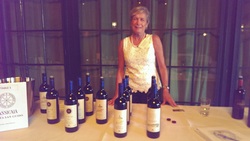 My next stop was the estate of Tenuta San Guido located in the D.O.C. Bolgheri in Tuscany. Colleen McKettrick, the Brand Ambassador, greeted me. It is no secret that Sassicaia is a favorite of mine. And, it is also the first Super Tuscan to be released in 1968. So it was with great pleasure that I tasted some excellent wines. The 2012 Sassicaia was rich with dark fruit, spices and was quite robust. Colleen poured me a special taste of the 2004 Guidalberto and 2006 Sassicaia that were pure velvet! The 2013 Guidalberto Toscana IGT is a blend of Cabernet Sauvignon and Merlot. It was well-balanced with dark fruit and a velvet texture. The 2013 Le Difese Toscana IGT is a mini Super Tuscan made with Cabernet Sauvignon and Sangiovese, sharing a pedigree with Sassicaia. The fruit is picked from younger vines and is easy to drink. http://www.tenutasanguido.com Agricola Punica, founded in 2002, is located in Sardinia, a large island in the Mediterranean Sea. Sebastiano Rosa (Principle) and his son led me on a guided tour of their wines. We started with the Samas, made with Vermentino and Chardonnay grapes. It was quite refreshing and light with lots of citrus. I also tried Montessu, 2013 and Barrua, 2012, both made with the Carignano grape which is one of three main grapes planted in Sardinia. The Montessu was layered with fruit & spices and called “Super Sardinian” The Barrua was more robust and full-bodied. I’ll have to come back to this island! http://www.agripunica.it/ I found myself back in Tuscany again tasting wines from Tenuta Sette Ponti owned by Giovanna Moretti and her brother Antonio Moretti who also own Feudo Maccari in Sicily. Their Tuscan wines are eclectic and there were many to sample. The newest wine is Vigna del Impero made with 100% Sangiovese. Planted in 1935, Imperno is one of Tuscany’s oldest vineyards. The wine was rich with fruit, spice and medium tannins. I made a quick stop in Sicily to taste Grillo, Sicilia IGP 2014. Aged in steel tanks, this full-bodied wine was floral scented, with citrus and stone fruit on the palate. Did you know that the Grillo grape is most famous for its role in making Marsala wines? http://www.tenutasetteponti.it Tenute Silvio Nardi, located in Tuscany is owned and operated by Emilia Nardi. They are one of the founding families of the Brunello Consortium. The wines are made with 100% Sangiovese. I tasted the 2005 and 2010 Brunello. The 2005 Brunello was high in tannins and more “chewy”. I preferred the 2010 Brunello having softer tannins that allowed the fruit, licorice and spices to dominate. I then tried the 2006 and 2010 Manachiara Brunello. Although the 2006 was bright and robust, the 2010 was smoother and more complex. http://www.tenutenardi.com So, this is where the first leg of my trip ends. Tomorrow I will continue on to Veneto, Piedmont and then back to Tuscany. Until then… 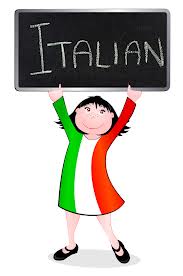 Saluti! Penina |
Categories
All
|


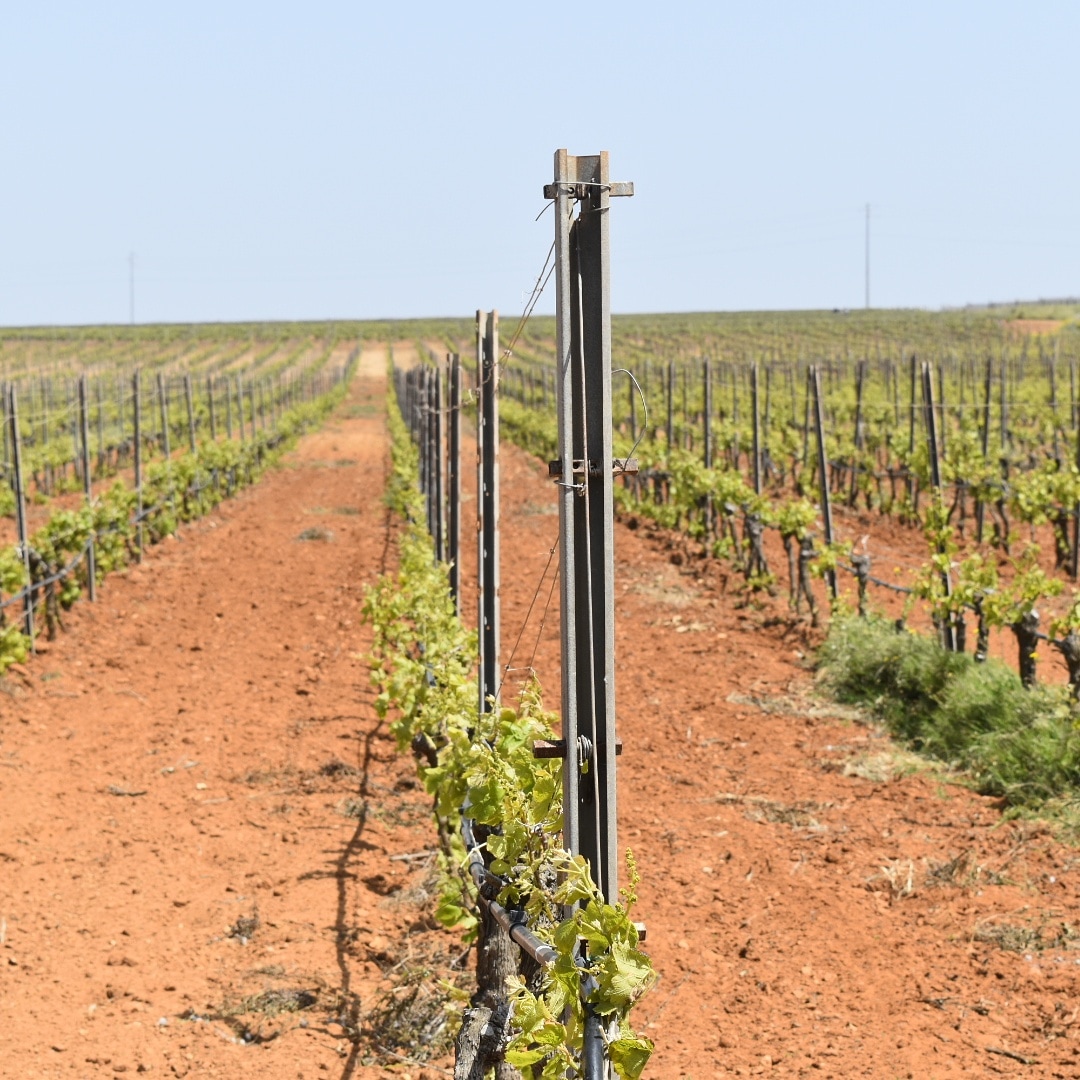
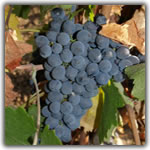
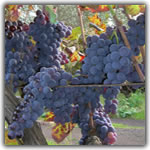
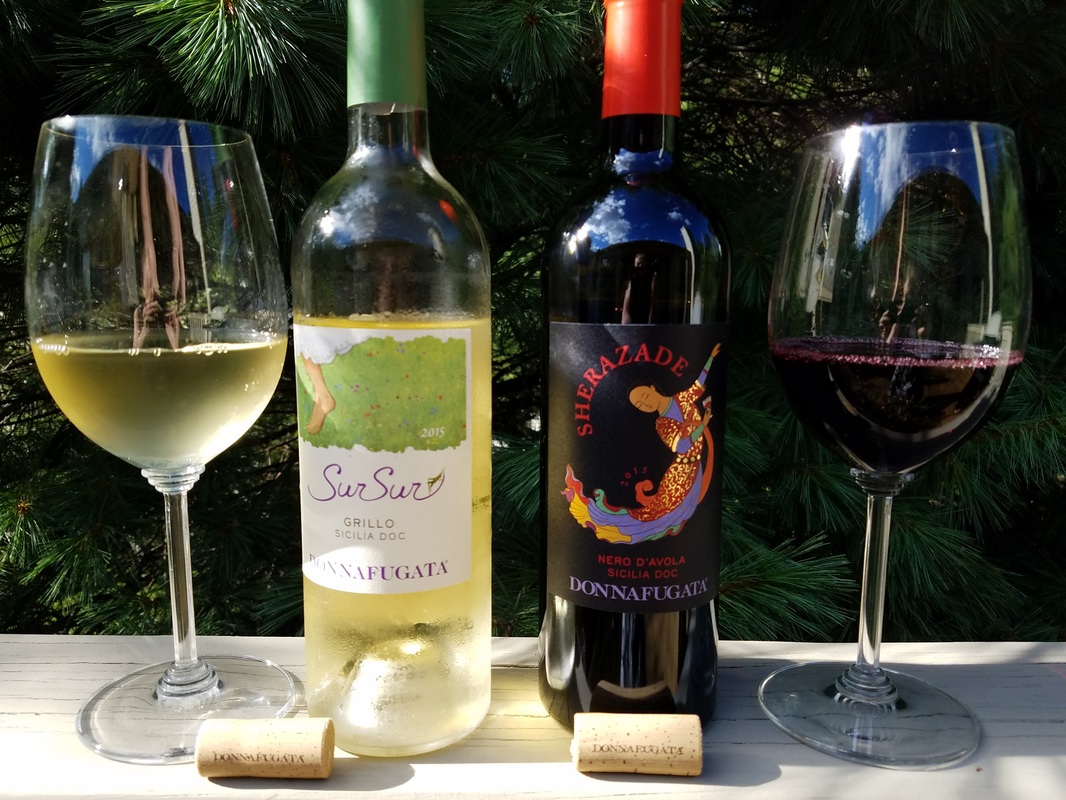
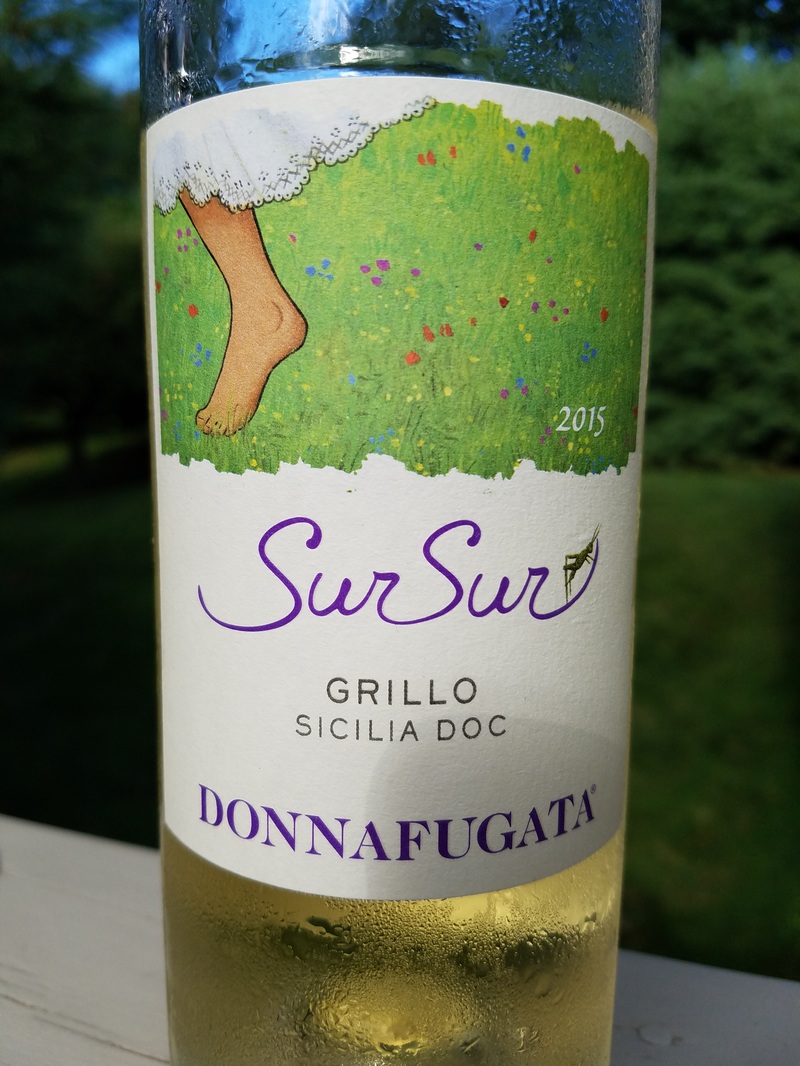
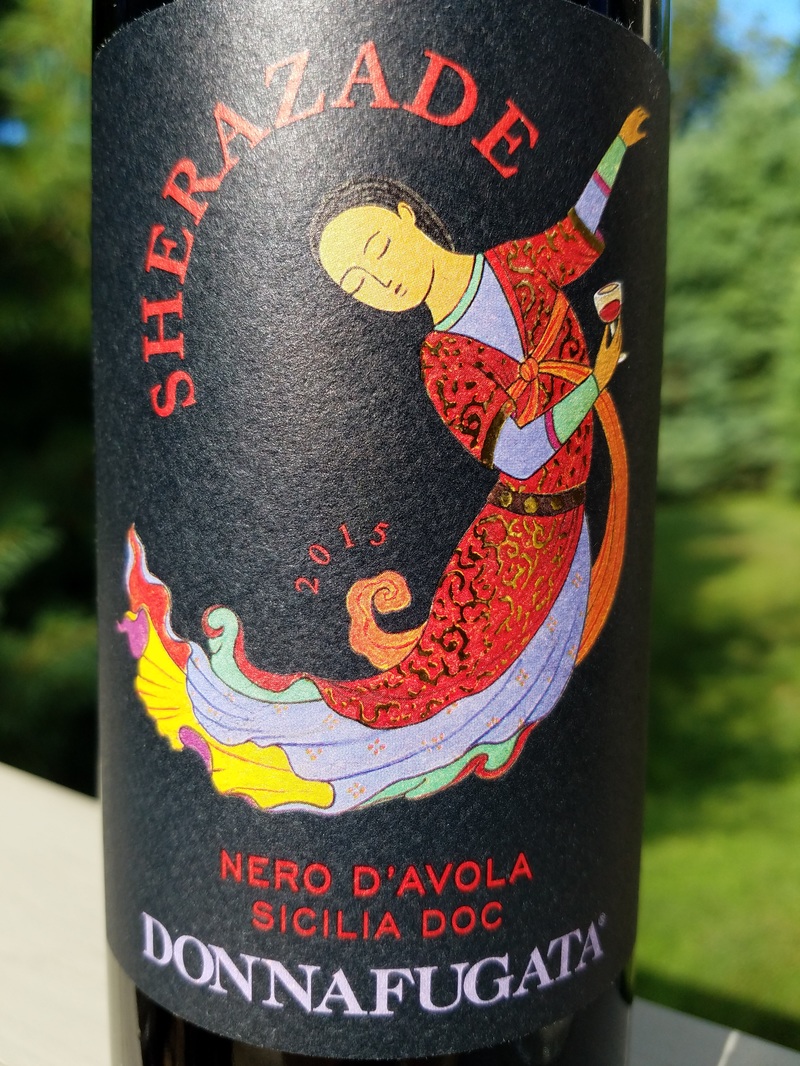
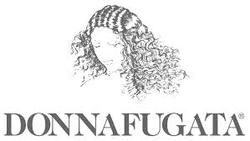
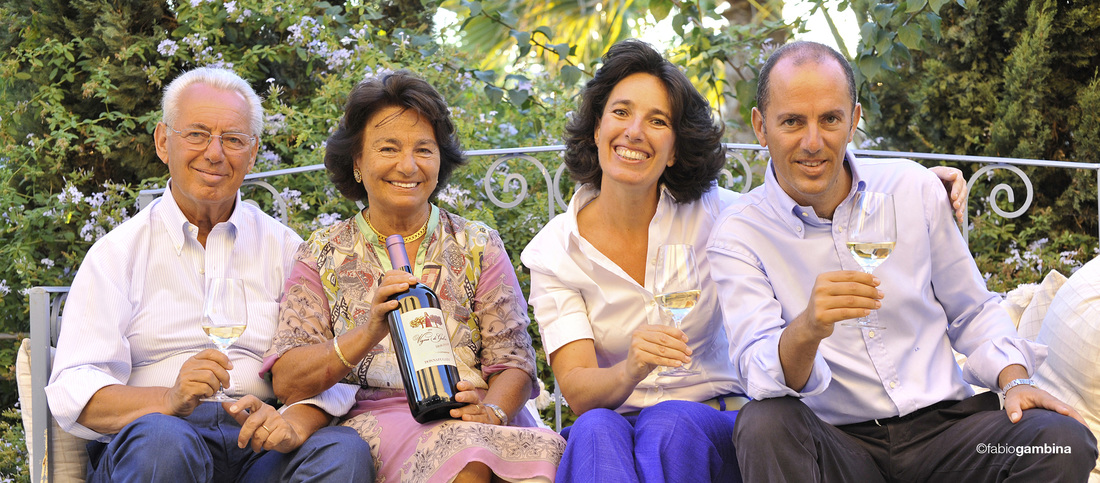
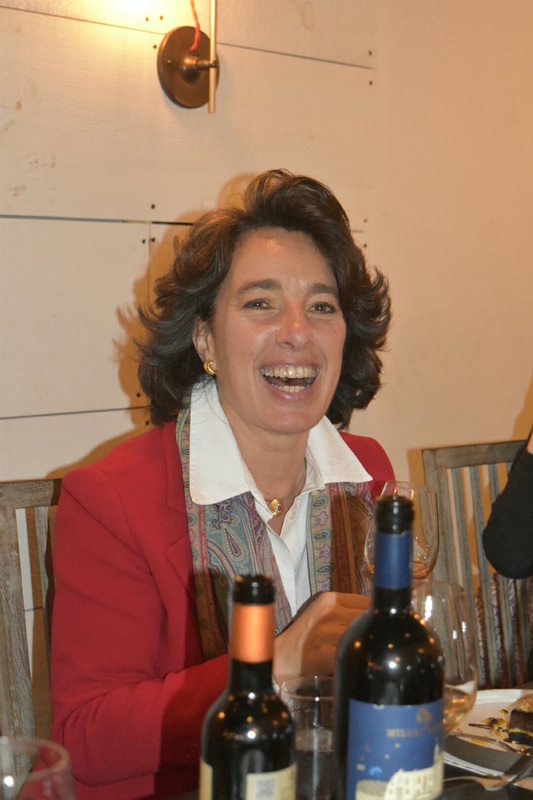
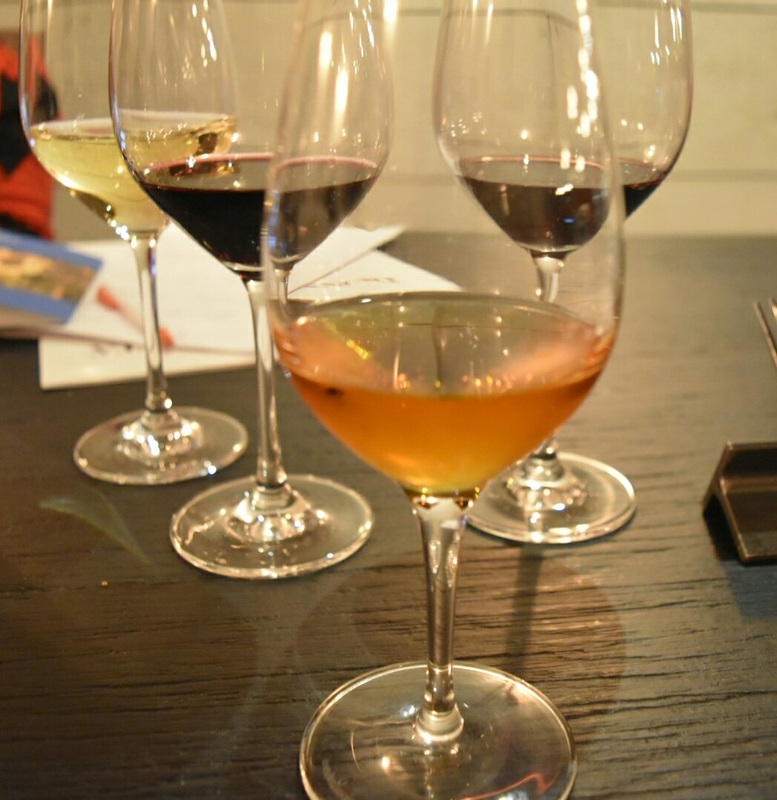
 RSS Feed
RSS Feed